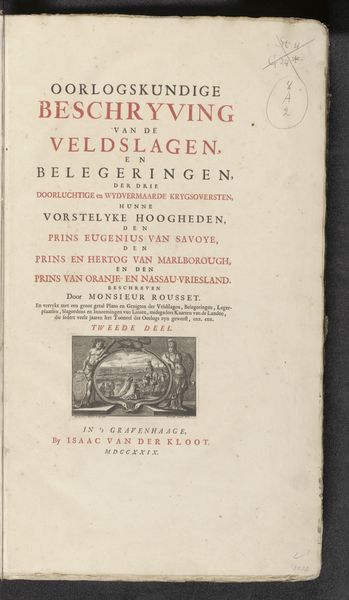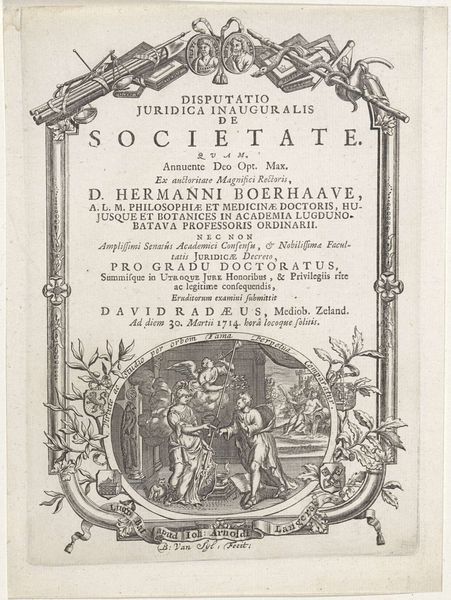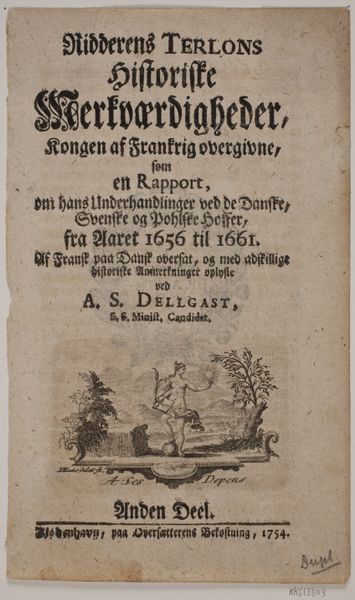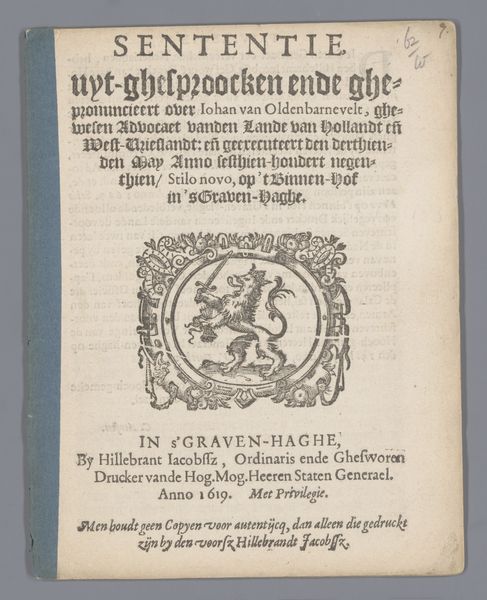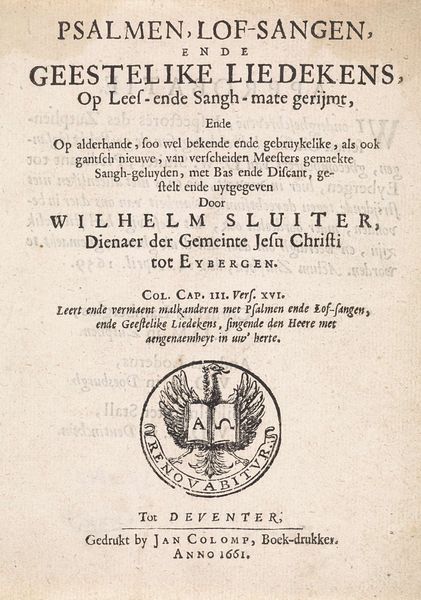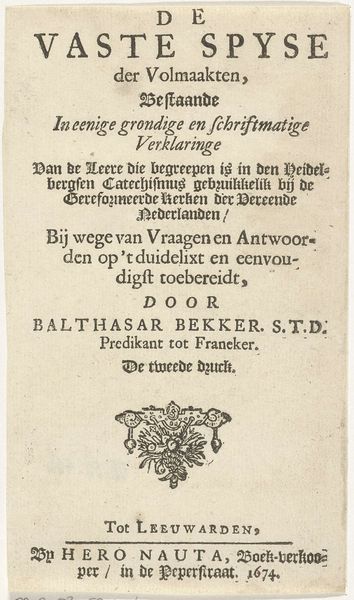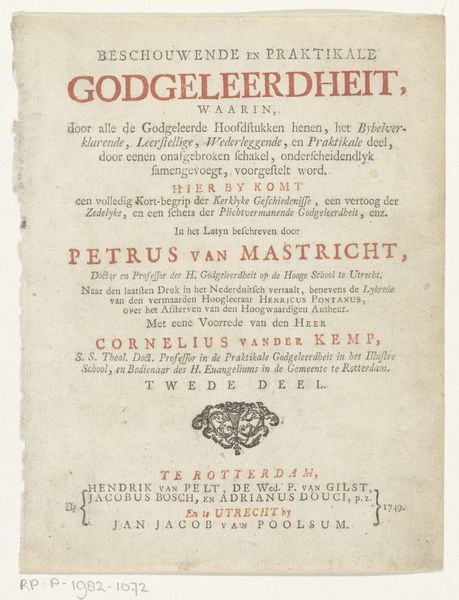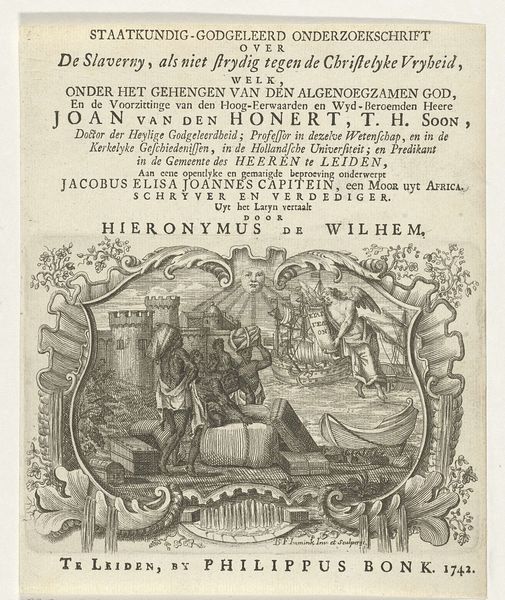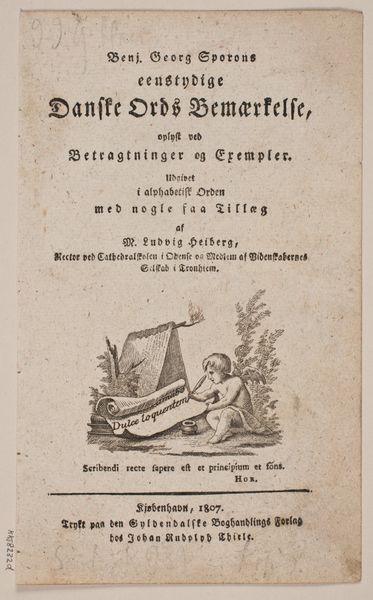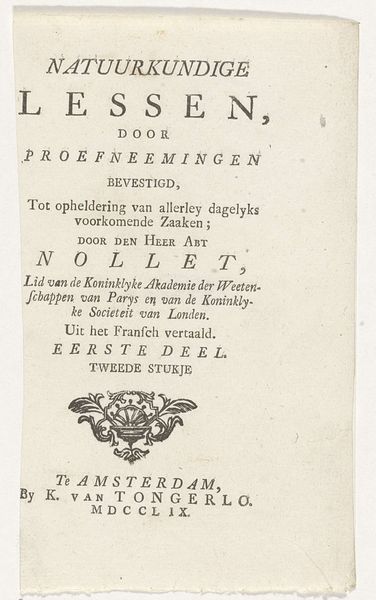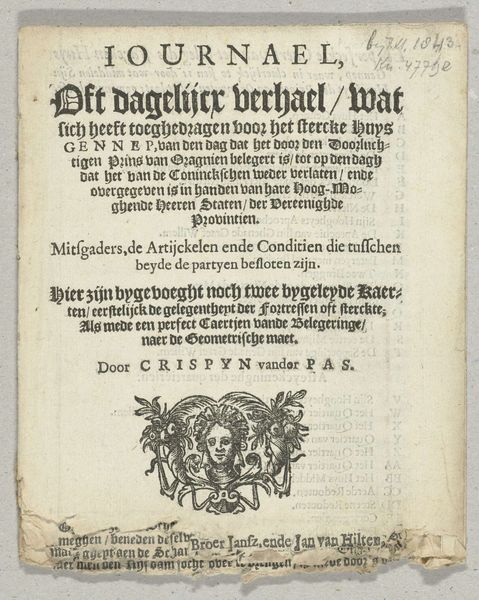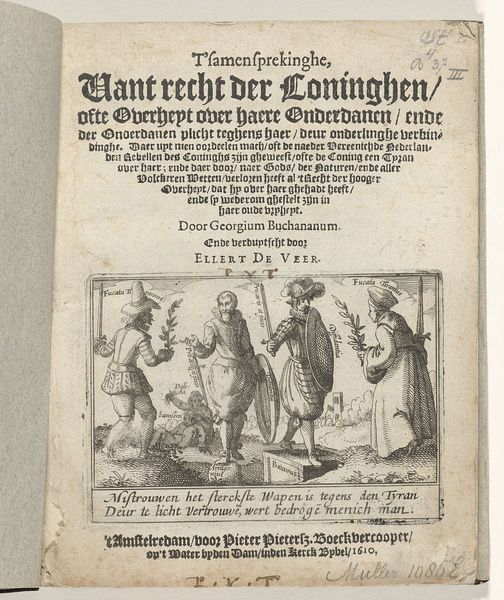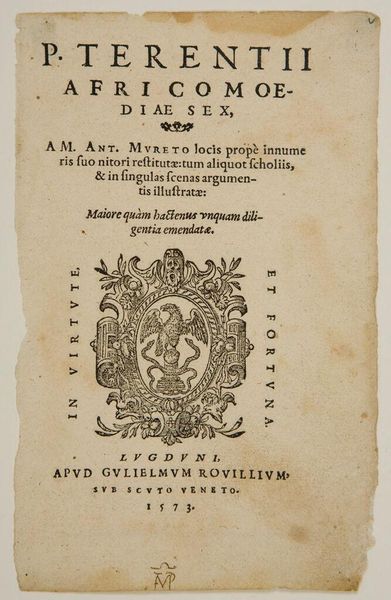
Titelvignet voor: Pierre Du Moulin, Den seeckeren wegh ter saligheyd, 1620 1620
0:00
0:00
print, typography, engraving
#
medieval
# print
#
old engraving style
#
hand drawn type
#
typography
#
northern-renaissance
#
engraving
#
calligraphy
Dimensions: height 187 mm, width 131 mm
Copyright: Rijks Museum: Open Domain
Curator: This is the title vignette for "Den seeckeren wegh ter saligheyd," or "The Sure Way to Salvation," dating back to 1620. It's an engraving made by Philips Serwouters, a piece deeply embedded in the visual culture of the Dutch Golden Age. Editor: My immediate impression is its commitment to conveying text – an overwhelming density of font that somehow achieves a quiet, dignified order. It's clearly designed to communicate information efficiently, while maintaining an aesthetic of considered precision. Curator: Indeed. Consider the context: prints like this were produced in multiples, distributed, and consumed in early modern Europe. Serwouters was a master engraver, and this piece would have been made with tools of remarkable sophistication, but it was created as a functional, relatively inexpensive object for communicating religious texts. The labour involved in creating the metal plates, the selection of the paper stock, and even the distribution networks – they are all elements worth investigating when evaluating such works. Editor: Agreed. And looking more closely at the imagery, there's a captivating circular emblem at the heart of the design, with the people walking, as they follow the way to paradise... and the burning hearts on the circle, alongside the landscape, what do they tell us? This symbol seems central. Curator: The circular emblem features figures journeying along a path, framed by a banner proclaiming "Op den Weghe – Brande Ons Herte Niet." Essentially: "On the Way – Let Our Hearts Not Burn." It illustrates, both textually and visually, the central concept of the religious text. The image would carry immense cultural significance at the time, reinforcing shared beliefs and anxieties related to salvation. Editor: The fact that it is an accessible item further amplifies its meaning. Each print carries traces of this network and the conditions of its production, reaching numerous households to be used in a particular way. Curator: Exactly, and these small prints ended up in diverse private and institutional collections, which gives them lasting appeal to new generations of scholars. Each line, each carefully placed word, each element reveals something about that historical, societal, and religious context. Editor: And the symbols Serwouters used have continued to resonate, even for viewers removed by centuries from that original setting. The emotional weight of his imagery lingers; it speaks to universal questions about faith and guidance. Curator: A final thought—that while Serwouters was making this work as an element within a printed book for spreading the religious word, he was, first and foremost, making art, and should be credited accordingly. Editor: Yes, considering its distribution underscores how potent such iconography can be in shaping our perception, even today.
Comments
No comments
Be the first to comment and join the conversation on the ultimate creative platform.
